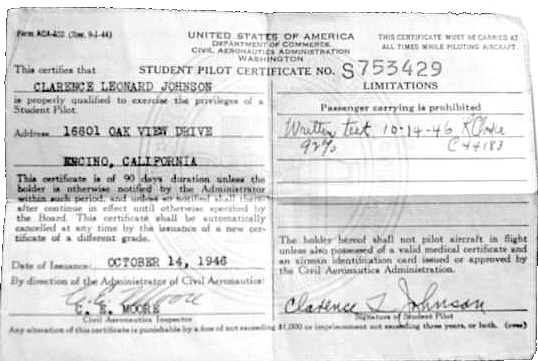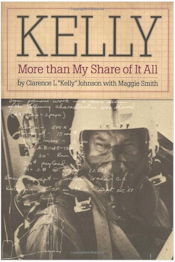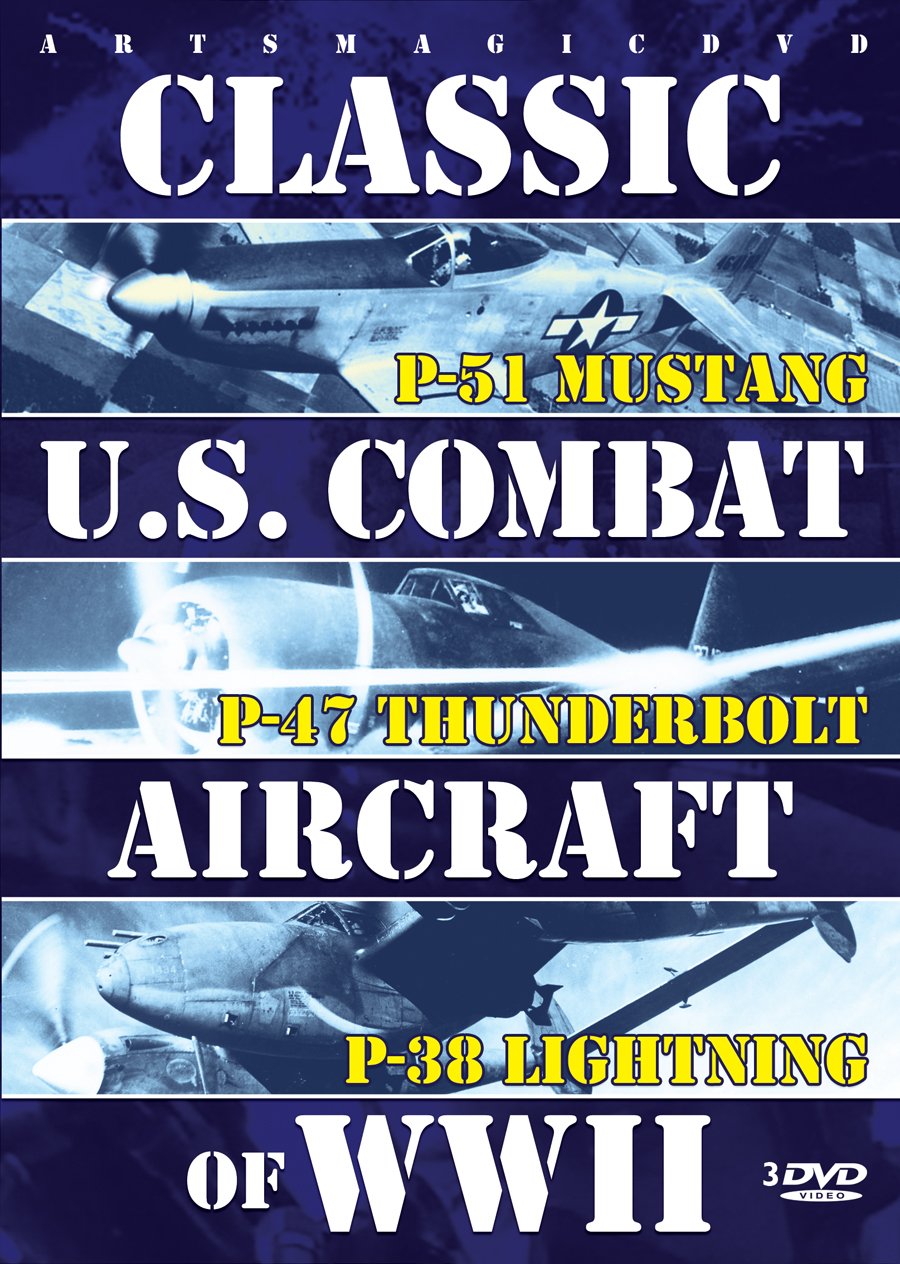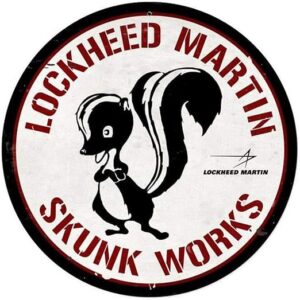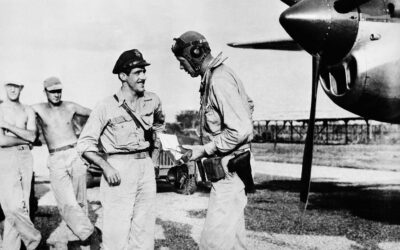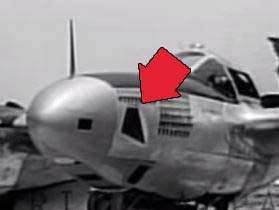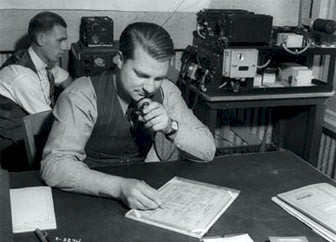
Clarence Leonard “Kelly” Johnson
27 FEB 1910 – 21 DEC 1990
Kelly Johnson is credited with designing the first 400 MPH aircraft — of course, our beloved P-38.
Kelly Johnson’s motto says it all:
“Be quick, be quiet and be on time.”
At the remarkably young age of 33 he drew the preliminary sketches (see below) for what would ultimately become the most maneuverable — and we believe the most beautiful airplane –in the Army Air Corps.
Johnson received an incredible number of awards during his career (listed at left), after emerging from a childhood of poverty and obscurity to make his mark on the aviation world in a BIG way!
Designer of almost every outstanding Lockheed aircraft from the P‑38 to the awesome Blackbirds, Kelly Johnson emerged from a childhood of poverty and obscurity to make his mark on the aviation world. His A‑12/YF‑12/SR‑71 was secretly flying at Mach III+ long before other designers even admitted it was possible.
At the celebration of the 100th anniversary of the Wright Bros. first flight, Johnson was ranked #8 on their list of the top 100 “most important, most interesting, and most influential people” in the first century of aerospace, putting him right up there with Wernher von Braun, Charles A. Lindbergh and Leonardo da Vinci. Impressive!
Joining Lockheed as a tool designer, Kelly Johnson became one of America’s foremost aircraft designers. He developed more than 40 aircraft and was the head of Lockheed’s advanced development projects, known as the “Skunk Works.”

Above, Johnson’s preliminary drawings of the XP-38
The Many Awards of Kelly Johnson
1932 Sheehan Fellowship in Aeronautics
1937 Lawrence Sperry Award
1940 The Wright Brothers Medal
1956 The Sylvanus Albert Reed Award
1956 Elected Aviation Man of the Year
1958 Elected Distinguished Member of the Jet Pioneers Association of U.S.A.
1959 Co-Recipient of the Collier Trophy
1960 The General Hap Arnold Gold Medal
1961 Chosen as one of 50 outstanding Americans
1963 The Theodore von Karman Award
1963 Elected an Honorary Member of the Aerospace Medical Association
1964 The Medal of Freedom
1964 The Award of Achievement of the National Aviation club of Washington D.C.
1964 The Collier Trophy
1964 The Theodore von Karman Award
1964 Honorary degree of Doctor of Engineering, University of Michigan
1964 Honorary degree of Doctor of Science, University of Southern California.
1965 Honorary degree of Doctor of Laws, University of California at Los Angeles
1965 San Fernando Valley Engineer of the Year
1965 Elected a Member of the National Academy of Engineering
1965 Elected a Member of the National Academy of Sciences
1965 One of the first 20 to be included in the International Aerospace Hall of Fame
1966 The Sylvanus Albert Reed Award
1966 National Medal of Science
1966 The Thomas D. White National Defense Award
1967 Elected Honorary Fellow of American Institute of Aeronautics and Astronautics
1968 Elected a Fellow of the Royal Aeronautical Society
1969 The General William Mitchell Memorial Award
1970 Awarded the Spirit of St. Louis Medal
1970 first annual Engineering Materials Achievements Award of the American Society for Metals
1970 The Engineering Merit Award
1970 Honored by the Air Force Association, Washington D.C., for design of the P-38 Lightning
1971 Awarded the Sixth Annual Founders Medal by the National Academy of Engineering
1972 Awarded the Silver Knight Award by the Lockheed Management Club of California
1973 Awarded the first “Clarence L. Johnson Award” by The Society of Fight Test Engineers (that seems appropriate!)
1973 Civilian Kitty Hawk Memorial Award
1974 Air Force Exceptional Service Award
1974 Enshrined in the National Aviation Hall of Fame in Dayton, Ohio
1975 Awarded the Central Intelligence Agency’s Distinguished Intelligence Medal
1975 Awarded the Wright Brothers Memorial Trophy
1978 The American Institute of Aeronautics and Astronautics presented “A Salute to Kelly Johnson” night
1980 Awarded the Bernt Balchen Trophy
1981 Presented the Department of Defense Medal for Distinguished Public Service
1981 Honored by the Society of Automotive Engineers
1981 The U.S. Air Force creates the “Kelly Johnson Blackbird Achievement Trophy”
1981 The Daniel Guggenheim Medal
1982 The Meritorious Service to Aviation Award
1983 Howard Hughes Memorial Award1983 The National Security Medal
1984 Honorary Royal Designer for Industry
2003 Listed at #8 in Aviation Week’s “All-Time Top 100 Stars of Aerospace and Aviation”
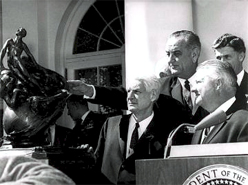

CITATION:
“Aeronautical engineer, his genius for conceiving unique airframes and his technical management skills contribute mightily to the Nation’s security by creating aircraft of daring design with unmatched rapidity and effectiveness.”
President Johnson also presented the National Medal of Science to Johnson for “individuals deserving of special recognition by reason of their outstanding contributions to knowledge in the physical, biological, mathematical, or engineering sciences.”
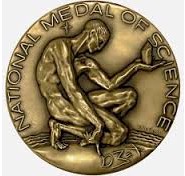
Johnson receiving the National Security Medal from President Ronald Reagan for “for distinguished achievement in the field of intelligence relating to the national security of the United States.”
It was the first time an aeronautical engineer had been awarded the medal.
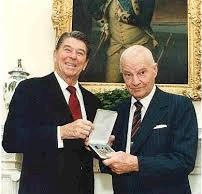
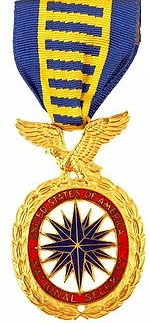
Here’s a fun bit of trivia…Kelly Johnson’s student pilot’s license.
If you wanted to work at the Skunk Works, here were
“Kelly’s 14 Rules & Practices“
1. The Skunk Works manager must be delegated practically complete control of his program in all aspects. He should report to a division president or higher.
2. Strong but small project offices must be provided both by the military and industry.
3. The number of people having any connection with the project must be restricted in an almost vicious manner. Use a small number of good people (10% to 25% compared to the so-called normal systems).
4. A very simple drawing and drawing release system with great flexibility for making changes must be provided.
5. There must be a minimum number of reports required, but important work must be recorded thoroughly.
6. There must be a monthly cost review covering not only what has been spent and committed but also projected costs to the conclusion of the program.
7. The contractor must be delegated and must assume more than normal responsibility to get good vendor bids for subcontract on the project. Commercial bid procedures are very often better than military ones.
8. The inspection system as currently used by the Skunk Works, which has been approved by both the Air Force and Navy, meets the intent of existing military requirements and should be used on new projects. Push more basic inspection responsibility back to subcontractors and vendors. Don’t duplicate so much inspection.
9. The contractor must be delegated the authority to test his final product in flight. He can and must test it in the initial stages. If he doesn’t, he rapidly loses his competency to design other vehicles.
10. The specifications applying to the hardware must be agreed to well in advance of contracting. The Skunk Works practice of having a specification section stating clearly which important military specification items will not knowingly be complied with and reasons therefore is highly recommended.
11. Funding a program must be timely so that the contractor doesn’t have to keep running to the bank to support government projects.
12. There must be mutual trust between the military project organization and the contractor, the very close cooperation and liaison on a day-to-day basis. This cuts down misunderstanding and correspondence to an absolute minimum.
13. Access by outsiders to the project and its personnel must be strictly controlled by appropriate security measures.
14. Because only a few people will be used in engineering and most other areas, ways must be provided to reward good performance by pay not based on the number of personnel supervised.
Kelly: More Than My Share of It All
If you want to hear it straight from the horse’s mouth, you’ll want to read this book that Kelly Johnson wrote. He tells everything about the P-38 right from his initial design, and it’s a fascinating read!
Here’s a short excerpt:
“We had trouble before we got off the ground. We had trucked the airplane, under wraps for secrecy, to the Air Corps March Field near Riverside Calif., and reassembled it for first flight. The brakes had been received just the day before, because they had to be qualified first back at Wright Field in Dayton Ohio, before we could install them. We had loaded the rudder with a 500-pound pedal force and the usual type of linkage to the brakes.
So, on a bright, sunny morning, Kelsey started up those wonderful-sounding Allison engines. He decided to make a high-speed taxi run. He got up to speed, then stepped on the brakes. No deceleration. He pushed and pushed – in fact he bent those pedals that we had tested to 500 pounds of pressure the night before…”
Classic U.S. Combat Aircraft of WWII
DVD – English
Box set
2 hours and 47 minutes
NTSC
Multiple Formats
Color

